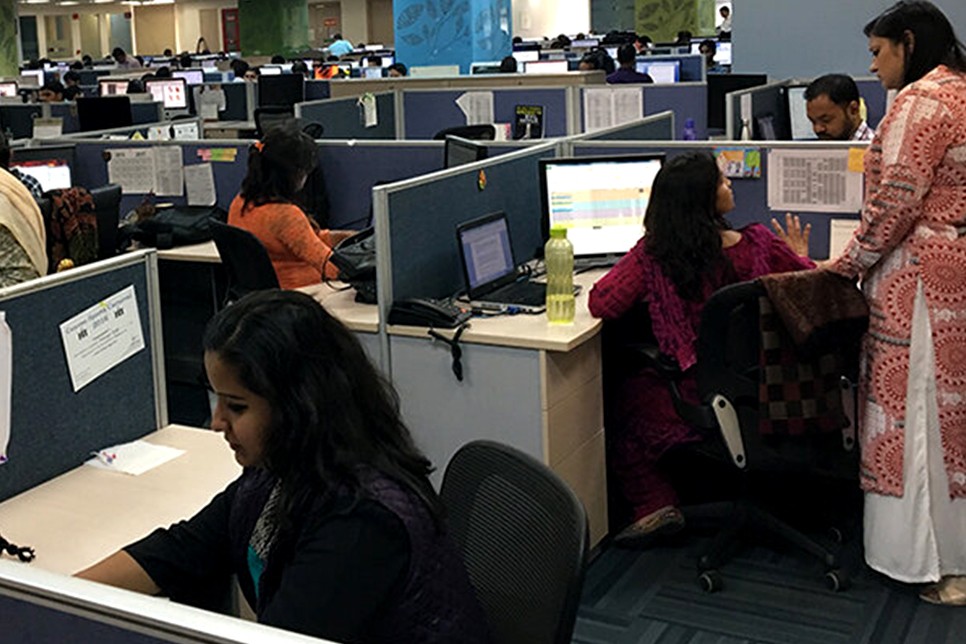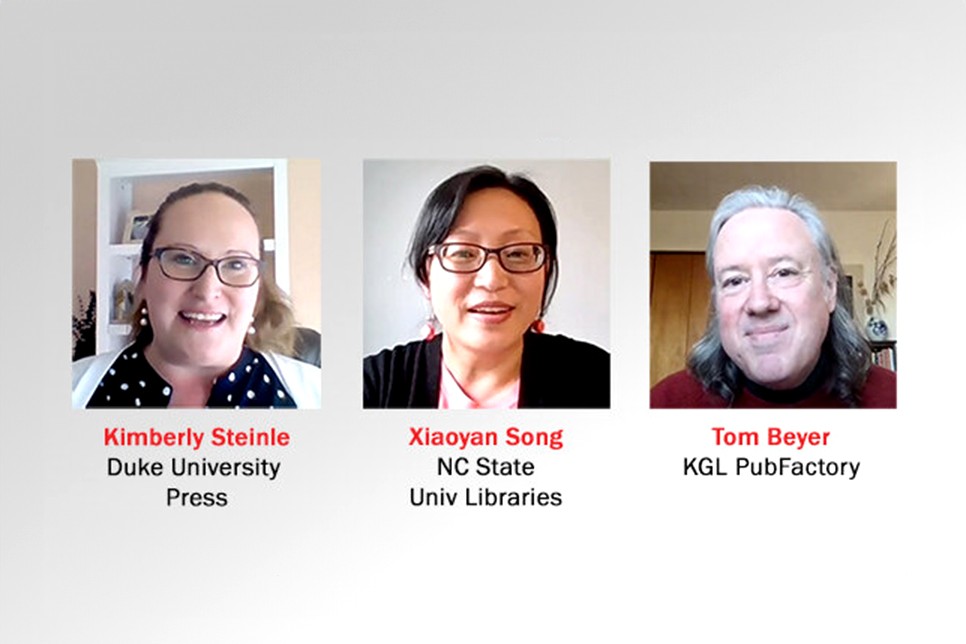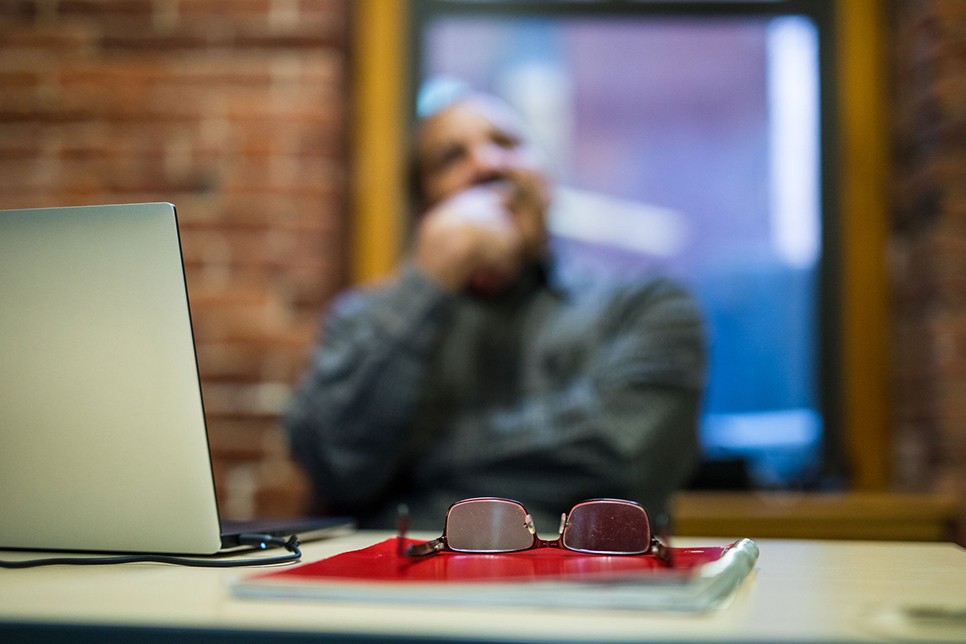
In an article we published on this blog back in 2017, we highlighted some of the challenges, complexities and benefits associated with making digital educational content (K-12 and Higher Ed) more accessible for visually and cognitively impaired readers.

The worldwide publishing industry today would not function without the experience, support and technical skills of vast content services operations in India. Publishers, in the Global North especially, rely on the production and technology expertise of an entire support industry in one of the world’s largest emerging markets.

Since the beginning of 2021, many analysts have been grappling with what our “post-pandemic” society might look like and what the key trends might be that shape our world once a certain degree of so-called normality resumes.

Chances are good that you have visited a journal website that was so easy to use and provided such a seamless readership experience that you bookmarked the website for future visits.

The publishing platform business is constantly evolving, with home-grown technologies and commercial solutions continuously developing new capabilities to better serve authors and researchers.

Last year, at the start of the pandemic when classrooms went virtual, we shared two blog posts highlighting tips for how teachers could use technology to engage with their students, and innovations in remote learning that were changing the playing field.

Since the beginning of a very disruptive 2020, scholarly publishers have had to contend with uncertainty in institutional markets, sudden demands for rapid dissemination of critical research, and an ongoing existential crisis due to Open Access (OA) mandates.

At around the same time last year, publishing industry experts and analysts looked ahead with optimism, hope and excitement as they speculated on what wonders 2020 might bring.

n the early part of this year, as the COVID-19 pandemic spread rapidly around the globe, the international medical community was attempting to disseminate research as quickly as possible to educate an anxious public on an unknown virus and to advance treatments and ultimately, a vaccine.










